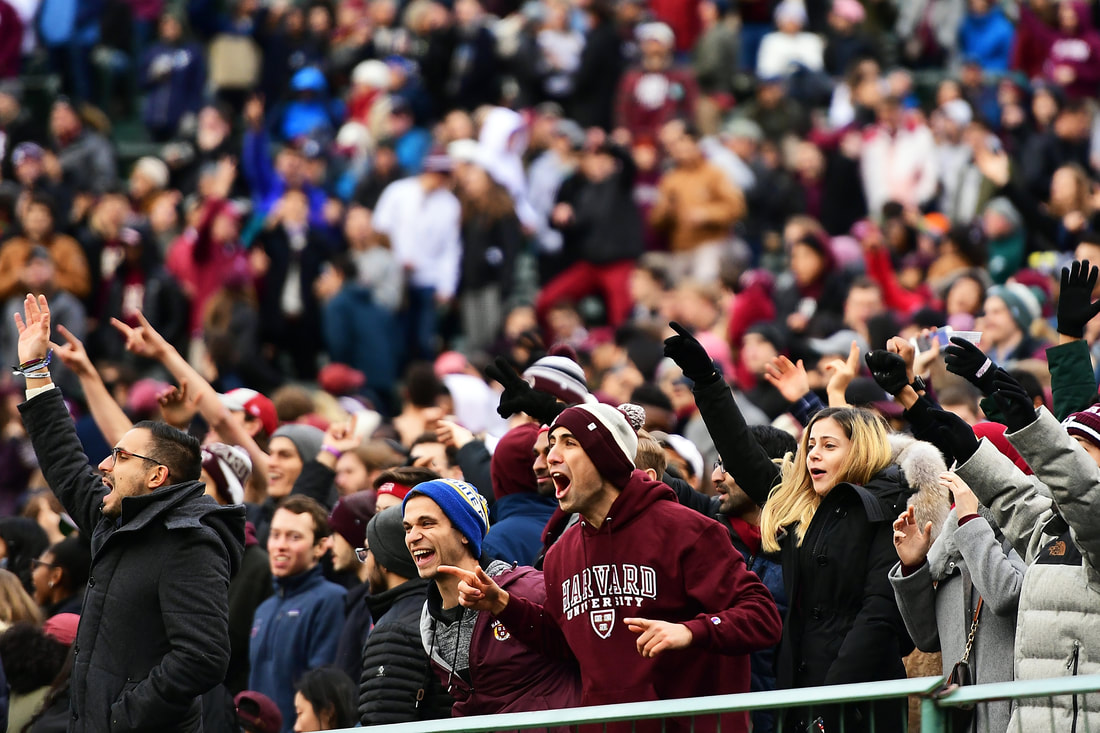|
By I. Moregola The rivalry between Harvard and Yale runs all the way back to the foundation of intercollegiate sports in the United States.
It all started when Yale was the pioneer in founding the first boat club in the country in 1843. A year later, Harvard did the same. However, both teams practiced on their own until 1852, when the Bulldogs (Yale) issued a challenge to Harvard’s boat club. Both teams met on Lake Winnipesaukee in New Hampshire for a two-mile race, being the country’s first intercollegiate sporting competition. The Harvard crew came out as victorious, and both teams would continue to race one another for more than 150 years. They did not only establish their rivalry then, but they also encouraged the commencement of college sports in the country. Even though many universities and colleges already had sports teams, none of them had competed until the Crimson and Bulldogs raced on Lake Winnipesaukee for the first time. This race inspired other institutions to face off athletically, and the two schools played leading roles in the development of college sports. Nowadays, with the tradition of intercollegiate athletics well established, Harvard and Yale meet annually to carry on the rivalry that was first established on Lake Winnipesaukee, not only on the football field or the water but also in the other 42 varsity sports available in the schools. Inside the ice rink the 2014-2015 rivalry was one of the biggest seen. The Harvard hockey team met with the Bulldogs on ice three times and came away with the same number of losses. However, the teams squared off again in the ECAC playoffs, and Harvard took the first game. The Bulldogs fought back to win the second game, but an overtime goal from a junior Harvard player propelled Harvard towards the ECAC championship. “It was definitely (one of) the most memorable games of hockey that I’ve ever played in.” Harvard’s co-captain said in an interview. “Those games are something that I’ll talk about for the rest of my life. I think the emotions in that locker room after the [last quarterfinal] game was probably similar to the ones after winning the championship.” Part of the thrill comes from the number of spectators that the teams get when they face each other. Last year, the women’s basketball drew nearly twice as many spectators as any other game. This habit of building up hostility against one another among the players helps to explain the notable fierceness of a rivalry that has endured for more than a century and a half. Although the rowers from 1852 would not even recognize many of the sports in which the Crimson and the Bulldogs compete today, they would likely find that they share something in common, an overwhelming desire to defeat each other.
0 Comments
Leave a Reply. |
Archives
June 2024
|


 RSS Feed
RSS Feed